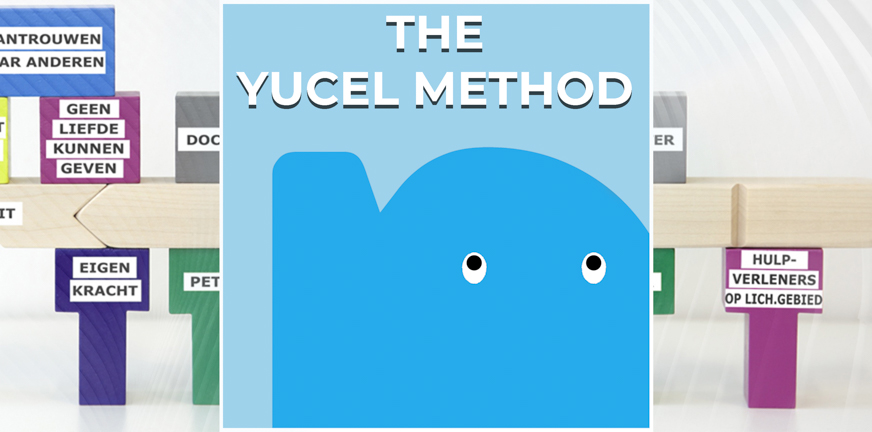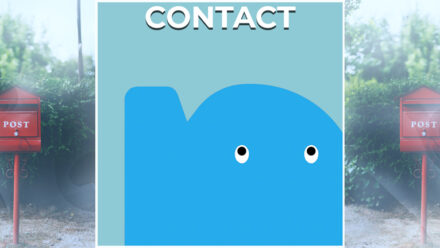
The Yucel method means that the client (a person, household or whole family) uses coloured blocks to build a clear visual image of the client’s life situation. This portrays both the current AND the desired situation.
Insightful
With the Yucel method, the client is literally building his way towards recovery. The blocks are used to portray challenges and resources along the way. While building, insight is gained into someone’s self and their position in life.
Towards empowerment
The Yucel method is based on someone’s own capabilities, knowledge and wishes. This method motivates people to take control of their life again. During each talk, the supporting therapist discusses the emerging insights with the client.
This straightforward way of working makes problems and solutions more clear, concrete and visible. When language alone is not enough, this method can be helpful because it is a much more visual and practical approach.
The setup shows:
- The client himself (a horizontal beam);
- Supporting factors (T-shaped coloured blocks on which the horizontal beam is resting);
- Challenging factors (rectangular coloured blocks placed on top of the horizontal bar).
Course of the treatment
The Yucel method is always about making a visible model of the client’s current situation and desired situation. This way the client writes a story that is constantly changing. This leads to new setups and new insights. After each session, a picture of the setup is taken. And after a number of sessions, the changes are evaluated. When enough improvement has been made, the treatment is ended.
How does the Yucel method work? A short video
The video is in Dutch. English subtitles will follow soon.
More information: English leaflet from the Dutch website www.yucelmethode.nl.




